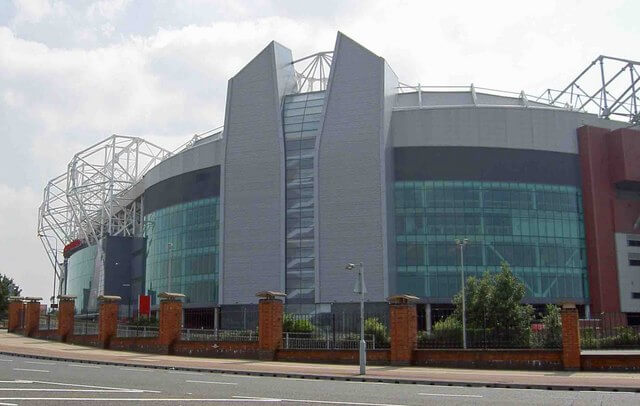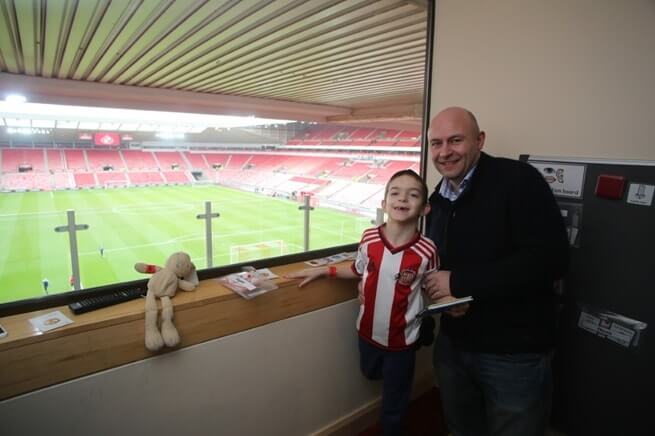With Euro 2016 well underway in France, the biggest sporting event of the year plays host to some of the biggest national teams in Europe. Of course this means large crowds of football fans cheering their team to victory. Chanting, whistling, screaming when their striker scores is all part of the atmosphere of a football game.

Part of the fun at the Euro’s is being part of the crowd but some people and in particular those on the autism spectrum may find this hard to deal with. In this blog we’re going to give you some handy tips as to how to help those with autism enjoy being part of a loud crowd. With these handy tips we hope that you will find them useful and that they give you the inspiration to be part of a large atmosphere.
Let’s Kick off!
(*cough*, ‘scuse the pun)
1. Slowly increase noise exposure and familiarity with crowds
No one likes to be thrown in at the deep end. Gradually introducing noises and large crowds will help anyone with autism become familiar with what to expect at a large sporting event. Is there a local band playing near you? Or a village fair that would have relatively small crowds for those with autism to be introduced too. Another good idea would be to search Youtube for football chants to get used to listening to the noises and atmosphere at a game, beware though quite a few of these chants do contain swearing so exercise caution before playing through loud speakers!
2. Safe items can always be handy
Earplugs can be handy if a situation becomes too loud however bear in mind that relying on these could have implications further down the line. Is there a favourite toy or item that brings comfort for those with autism? This could be handy if things get a bit too much.
3. Visit the venue beforehand

Many stadiums around the UK offer a stadium tour which gives you the chance to see all parts of the stadium in a quieter atmosphere. You’ll get the chance to walk around the stadium and see how it is all laid out. At the bigger clubs, Manchester United for example (pictured above), you’ll get a chance to visit behind the scenes as well seeing their trophy cabinet as well as a chance to visit the players dressing rooms.
4. Visit a local football team or other sporting event
There are hundreds of small football clubs up and down the country that play regularly in stadiums that accommodate smaller amounts of people. Take for example our local team, Harrogate Town AFC who play week in week out to loyal supporters at their stadium on Wetherby Road Harrogate. The stadium has a capacity of 3,800 (500 seated) so this would be an excellent alternative to see a more low key football match with a smaller crowd. The community of small football clubs can be excellent as well with many very accommodating to everyone’s individual needs.
5. Take regular breaks (if needed) and plan the day out
Set a plan in place to take regular breaks (if required), this will keep a calm mind and offer structure to the day. Fottball and other sporting events can be very unpredictable at times but generally, for football, it’s a game of two halves that in total will last just over an hour and a half. Plan the day out and ensure those with autism are aware of the plan, draw diagrams, acquire maps to really put them at ease of the days activities.
Is this the start of a sensory room football stadium trend?

Football clubs in the UK are starting to develop ways of helping people with autism enjoy a game of football, recently the Stadium of Light home to Sunderland AFC installed a brand new sensory room for fans who are on the autism spectrum and don’t want to miss out on the beautiful game. Fans can sit in comfort and relaxation free from the loud noises yet still soak in the atmosphere with stunning pitch-side views.
With Sunderland AFC leading the way, one of the biggest football clubs in Scotland, Rangers FC, are working with The Disability Matters Group to raise money for a “Sensory Space for families with young members with Sensory Processing Disorders such as Autism.” The two groups have already raised over £18,000 for the Sensory space and with many more fund raising events on the agenda they are sure to have enough money to create this unique space for fans to see their favourite football team.
So will other large stadiums follow suit and provide sensory spaces for fans who have autism? Sunderland and Rangers are certainly leading the way and with the amount of money now in the Premier league surely stadiums can afford to provide sensory spaces for those in need? We hope to see the big names like Manchester United, Arsenal, Chelsea and Leicester City (Still can’t get our heads round that one!) providing sensory rooms and spaces so more of their fans can be part of the atmosphere and get a chance to see their favourite stars play in a safe and comfortable environment.
What do you think, should premier league football clubs be doing more to install sensory spaces? Or does your team already provide something that’s beneficial for someone with autism? Let us know via Twitter or Facebook with your thoughts.

